Lack of conversion industries Iranian saffron remains unknown in the world
Khorasan Razavi agricultural sector with a share of 40% of the total value of GDP of this province is considered as one of the economic and vital foundations of Khorasan Razavi region, which every year in the agricultural, livestock and horticultural sectors not only experiences growth and increase productivity but also a large share. In supplying and producing products needed by other provinces.
The first rank of the country in cumin production and the first rank in red meat production, the second rank in egg production, the third rank in milk production and the fourth position in chicken meat production show the position of this province in agriculture, livestock and poultry and capacities such as 15 8. Million livestock units and annual production of more than one million and 400 thousand tons of products in the field of livestock and poultry and the country’s top ranking in this sector are only parts of the province’s capacity in the field of agriculture and animal husbandry.
Also, this province has 1 million hectares of cultivated area for irrigated and rain-fed crops and orchards with eight million tons of crops.
The province ranks first in the country in the production of saffron, second in the production of pistachios, third in the production of pomegranate and fourth in the country in the production of grapes.
Khorasan Razavi with 8.1% of the country’s population has a population of 6 million 434 thousand 501 people in the form of 2 million 450 thousand 916 households, of which 1.733 thousand people live in the villages of the province.
Achilles heel water of Khorasan Razavi agriculture
The head of Khorasan Razavi Agricultural Jihad Organization said in this regard: more than 98% of the production of agricultural products in Khorasan Razavi depends on groundwater resources and only 2% of the province’s cultivation is rainfed.
Mohammad Reza Orani added: The area under cultivation of vegetables and summer vegetables in the province is 67,000 hectares, of which about 50,000 hectares are related to the cultivation of vegetables and weeds, and the amount of production in this area is equal to 5,000 hectares of greenhouse cultivation.
He continued: the amount of production per hectare of greenhouse is 10 times more than irrigated cultivation and each hectare of greenhouse creates direct and indirect employment for 10 people.
The head of the Jihad Agricultural Organization of Khorasan Razavi said: So far, 374 hectares of greenhouse cultivation have been implemented in Khorasan Razavi, which in 2013 was about 118 hectares.
Orani added: The notification commitment of Khorasan Razavi province in the field of greenhouse cultivation in the current year is 225 hectares.
He continued: Khorasan Razavi province is located in arid and semi-arid climate and in the negative level of groundwater aquifers has the largest share in the country, so it must change its approach to greenhouse crops.
The need to develop conversion industries
Given the many benefits of conversion industries, including job creation, processing and increasing the consumption of agricultural products, reducing costs and waste of agricultural products, development and expansion of these industries is a way to economic growth in order to implement a resilient economy and strengthen communication. It is between the industrial and agricultural sectors.
Transformation industries reduce the rate of permanent and seasonal unemployment in rural areas and provide a fertile ground for the development of the agricultural sector, which increases productivity, productivity, job creation, meeting basic needs, linking with other economic sectors and reducing regional inequalities. Leads.
That is why processing industries are considered a prerequisite for the strategy of industrialization and food security in the country, because these industries can play a role in providing food and high food security.
According to experts, the food industry accounts for more than 85% of the conversion and complementary industries related to the agricultural sector, and given the direct and indirect effects that these industries leave in terms of production and employment in the agricultural sector, in fact Cause the growth and prosperity of the economy at the macro level.
The importance of conversion and complementary industries in the agricultural sector can be seen more when it is considered that after heavy industries, food industry is the second largest in the world in terms of size and scope, including strategic food industries, cereals, sugar, dairy and oil. Takes.
Many agricultural products have a limited production and consumption time and the production or harvest of products in this sector is usually done in a specific and short time, but consumption is done in a longer time and conversion industries can maintain the products in them in a way to change And make conversions that can be consumed throughout the year.
With these characteristics, it can be said that handicrafts play a key role in the development process of the country and more attention to these industries will accelerate the growth and development of agriculture and economy.
The head of Khorasan Razavi Transformation Industries Association considered the promotion of conversion industries effective in order to monetize and get rid of the oil-based mono-product economy and said: facilitating healthy, productive activities, job creation, preventing agricultural waste production and rural migration to cities To help the agricultural sector and the country’s economy.
Alireza Bustani added: The burden of the problems of the agricultural sector is on the processing industries, which means that agricultural products have problems with the amount and type of fertilizer and pesticide use and durability, and when these products enter the factory, the standard score of the product becomes negative. Farmers should be informed about this.
He continued by pointing out that most of the conversion industries in Khorasan Razavi are worn out: Russia annually imports 160,000 tons of tomato paste and needs this product, which if we only pay attention to the modernization of conversion industries in this field, will return several times the initial capital. .
The head of the Khorasan Razavi Transformation Industries Association said: Currently, 70% of the country’s conversion industries are located in this province and the products of the conversion industries in this province are twice as much as the consumption of Khorasan Razavi, so the production surplus in this sector is exported abroad.
Bustani added: 90% of the owners of conversion industries are the private sector and the activists in this field operate under the auspices of the Chamber of Commerce, Industries, Mines and Agriculture.
Khorasan saffron unknown in the world
While the major part of the 95% share of Iranian saffron in the world belongs to Khorasan Razavi, our share of the global market for this product is about four percent.
Iranian producers and exporters and consequently farmers of Khorasan Razavi get the least benefit from the global saffron market, while the export of this product in the form of non-oil exports can be the savior of the country’s economy and the main axis in achieving a resistance economy. Still in the process of cultivation to export and marketing of this product.
Iran is a unique producer and it is better to say unrivaled saffron in the world, but a comparison of the value and export volume of this valuable export item shows the bitter fact that not much has changed in terms of weight value, even if in dollar and rial value. Those changes were due to rising global prices and no more.
This bitter and thought-provoking situation occurs in a situation where saffron is in the group of products with high capacity to create employment, economic development and currency for the country, and given that increasing its production does not require large capital can be created by creating conversion industries. , Processing and packaging significantly increased its export profits.
That you have been a product owner for hundreds of years and that historians in different types and forms call it a land, and also in management and planning for development and harvesting with the least waste, processing and packaging, marketing, exporting and introducing it. To the world as an Iranian brand and to have problems in reliable and reliable packaging is a sign of disregard for this economic value, and this is why Iranian manufacturers and exporters continue to trade this product in global markets to the lowest possible level. They are satisfied.
Iran’s small share of red gold trade in the world, while producing about 95% of this product, shows the depth of the tragedy and the glories that are heard from time to time from the cultivation and production of saffron in countries like Afghanistan, and the fact that our saffron in Spain packages and sells saffron in its own name. The only complaints that lead to silence are the negligence of the authorities.
Director of Horticulture of Khorasan Razavi Agricultural Jihad Organization, stating that processing a valuable and strategic saffron product in the country is a necessity that has been neglected so far, added: More than 120 saffron packaging units in Khorasan Razavi, although they have good activity, but all these units They pack raw face.
Hashem Naghibi added: This is while we should act in the field of saffron processing with the aim of gaining more economic benefits and full use of all the capacities of this valuable product.
He continued: In the field of saffron product processing, very brief and to the extent of producing tea and some saffron drinks, some activities have been done, but in many fields of activity in this field, no action has been taken yet.
The director of horticulture of Khorasan Razavi Agricultural Jihad Organization said: we should think about producing new products from saffron, which include new drinks, essential oils, flavoring and production of products with different sizes according to the characteristics of saffron, including its happiness.
Naqibi added: The area under saffron cultivation in Khorasan Razavi is more than 86 thousand hectares and more than 300 tons of products are harvested from this area and a total of 144 thousand farmers are active in the field of saffron cultivation in this province and per hectare Under saffron cultivation, 200 days of employment and a permanent job opportunity are created.
He added: Last year, 310 tons of saffron were harvested from 86,400 hectares of farms in Khorasan Razavi, of which about 250 tons worth $ 355 million were exported to different countries.
Weakness in saffron product mechanization
The director of horticulture of Khorasan Razavi Agricultural Jihad Organization also said in this regard: in the matter of classifying and producing saffron, there is still no device for filling saffron flowers and despite the fact that Iran ranks first in the world in saffron production, but still in the field of research and innovation To facilitate the planting, holding, harvesting and classification of saffron, we are in a vacuum and shortage.
Naqibi added: Although a series of works of inventors and inventors have started in this field, but the desired results of these efforts have not been achieved yet.
He emphasized: Performing proper hygienic operations during and after harvest has a decisive role in increasing the quality, marketability and export of this product, and mechanization of planting, holding and harvesting saffron crops between 60 to 70% reduces the production costs of this Becomes a product.
He continued: 20 to 25 percent of the production cost is allocated to the saffron planting sector, 35 percent of the cost is related to harvesting and another 40 percent is used in the flower filling and drying sector, so mechanization is very important in this area.
The development of mechanization remains a necessity
The head of the Department of Mechanized Technologies of the Khorasan Razavi Agricultural Jihad Organization also said: The development of mechanization has a great impact on increasing productivity, production and also reducing the waste of agricultural products.
Seyed Saeed Sajjadi emphasized the importance of paying facilities in the development and support of agricultural mechanization and added: The government of prudence and hope has taken an expert approach and paid special attention to this important issue. Has run.
He continued: Until 1392, the year of the 11th government, 60 billion rials of facilities were allocated annually to agricultural mechanization of Khorasan Razavi, but since 1392, a total of 4170 billion rials of facilities have been paid in this sector in Khorasan Razavi province.
The head of the Department of Mechanized Technologies of the Khorasan Razavi Agricultural Jihad Organization said: The payment of agricultural mechanization facilities in this province has increased 70 times since 1392 compared to before, which is the basis for a production leap.
Sajjadi added: There are two evaluation indicators in the field of mechanization, which include the mechanization level index or the horsepower coefficient per hectare and the mechanization degree index or the percentage of mechanization of agricultural and horticultural operations.
He added: This province has reached 1.86 horsepower per hectare since the government of prudence and hope in the mechanization level index increased from 1.2 horsepower per hectare during 1392 to 1393, which is a significant increase.
He continued: In the index of degree of mechanization in the field of wheat harvest as a strategic product, we have increased from about 30% to 63%, which means that now 63% of irrigated wheat cultivation in the province is mechanized, which this year with government support It is set to rise to 67%.
Raw sale of the dark spot of agriculture in Khorasan Razavi
The former head of the Khorasan Razavi Agricultural Jihad Organization recently said in this regard: The processing of agricultural products in this province is weak and the sale of raw materials is one of the problems of this sector, while Khorasan Razavi province has potential capacities in the agricultural sector.
Najafgholi Salehi added: 363 thousand farmers are active in the agricultural sector of Khorasan Razavi and the annual production volume of horticultural, agricultural and livestock products in this province is eight million tons, and there are 2 million and 138 thousand hectares of potential agricultural area in Khorasan Razavi.
He continued: 1.2 million hectares of land in this province are planted with 83 types of crops annually, of which 900,000 hectares are related to agriculture and 300,000 hectares are gardens.
The former head of the Khorasan Razavi Agricultural Jihad Organization said: Most of the province’s agricultural products are exported in raw form, while if some products are processed and exported, it will bring more currency and profitability.
Salehi added: Medicinal plants can be employment-generating and income-generating due to their high added value, but despite the fact that Khorasan Razavi is a region with potential and advantage in medicinal plants, but most of these plants are exported in bulk from the province and have less appreciation, thus strengthening conversion industries. In this area, too, it needs to attract investors.
He continued: The culture of water saving in the country is weak and the agricultural sector is also facing a shortage of water resources, and if the transportation sector is weak, more pressure will be put on agricultural resources, so in this situation there is an urgent need to invest in transportation. There are also domestic and agricultural exports of the province.
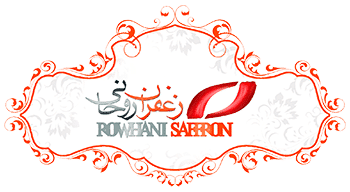
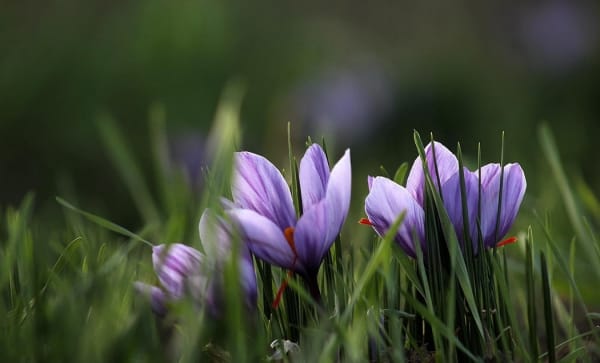
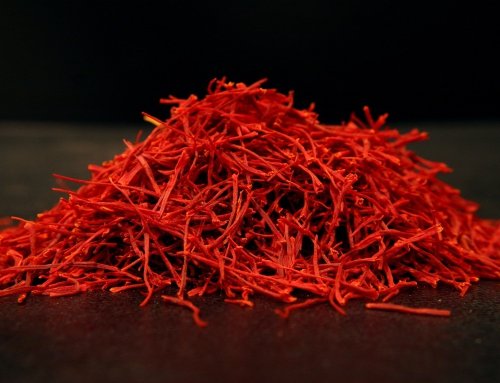
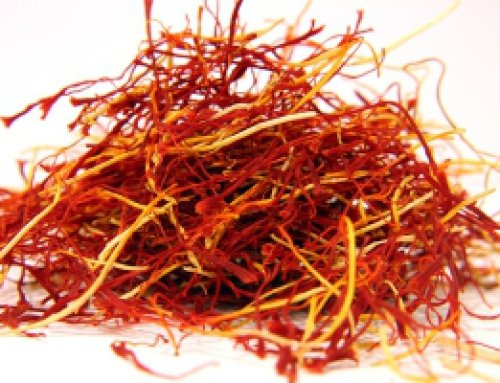
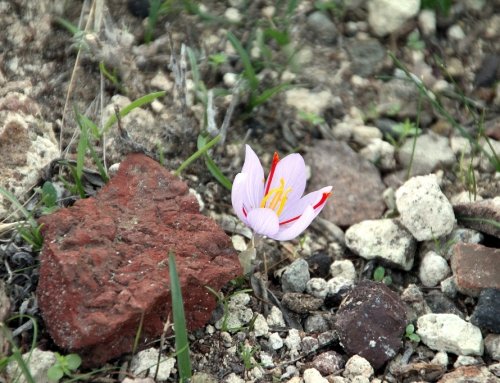
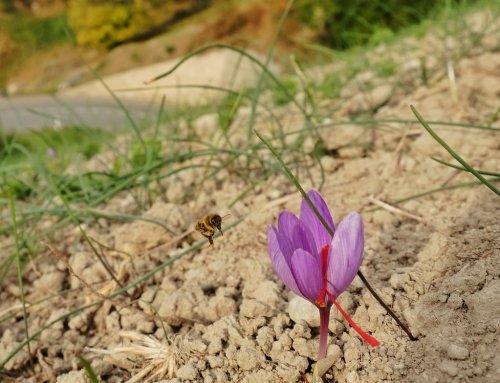

Get Social